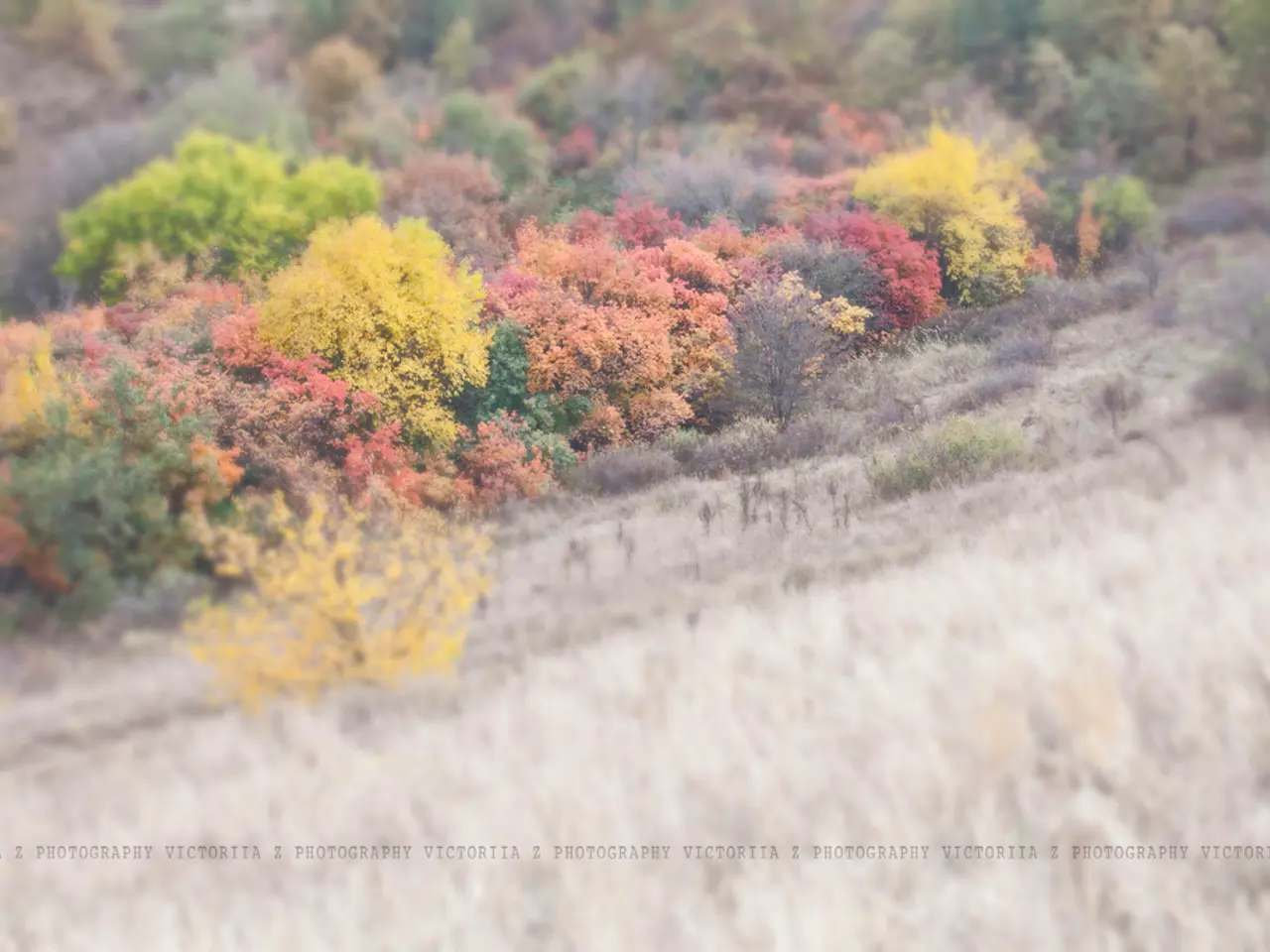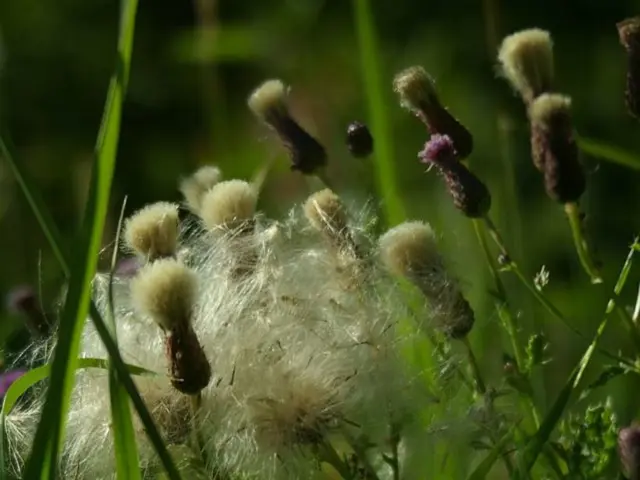Guide for Growing Muhly Grass - This distinctive, indigenous grass brings texture and intrigue to any garden with its unique appearance.
Muhly Grass, a native ornamental perennial, is a popular choice for garden enthusiasts due to its hardiness, low maintenance, and aesthetic appeal. With its botanical name being Muhlenbergia capillaris, this versatile grass thrives in various climates and soil types, making it an ideal addition to any garden.
Planting Muhly Grass ----------------------
Choose a location with full sun to partial sun, ideally at least 4-6 hours of direct sunlight daily for best growth and flower development. Use well-drained soil; Muhly Grass prefers sandy or loamy soils that do not retain excess moisture. Dig a hole large enough to accommodate the root ball, plant the grass, then mulch around the base to retain moisture and suppress weeds. Space plants about 2-3 feet apart to allow room for clump growth.
Watering and Care ------------------
Water newly planted Muhly Grass about once a week, checking soil moisture about 2 inches deep to avoid dryness. Once established, Muhly Grass is drought-tolerant and typically only needs rainfall for watering. Fertilizer is generally not necessary, as excessive nutrients can weaken the plant. Apply a 2-3 inch layer of organic mulch like pine bark or leaves to keep soil cool and moist in summer.
Pruning -------
Pruning Muhly Grass in late winter or early spring before new growth emerges helps refresh the plant and promotes vigorous new growth and flowering for the growing season. For smaller plants, cut back the grass with hand pruners to about 2-4 inches above the ground. For larger clumps, bind the grass into bundles for easier cutting to the same height.
Propagation ------------
Propagate Muhly Grass by division in early spring. Dig up established clumps and carefully separate the root ball into sections with shoots and roots. Replant divisions in prepared soil with proper spacing and water well after planting.
Repotting (Container Growth) -----------------------------
Muhly Grass can be grown in containers; repotting should be done if the plant becomes root-bound or every 2-3 years. Choose a pot with drainage holes and use well-draining soil. Repot in early spring to encourage root growth before the active season begins. Water regularly during establishment but reduce watering once established.
Overwintering -------------
Muhly Grass is hardy in USDA zones 6-9, tolerating temperatures down to 0°F (-18°C). In colder zones, leave the grass standing over winter, and prune in early spring after frost risk has passed. Mulching the base can help protect roots from severe cold if winters are harsher than usual.
Varieties ---------
The most popular variety is Pink Muhly Grass, known for its airy pink flowers. There are also white-flowering varieties offering a different color option while maintaining the same ornamental appeal. Other selections may vary in height, color intensity, and cold hardiness but generally share similar cultural requirements.
By following these best practices—planting in sunny, well-drained soil, moderate watering, annual pruning, division propagation, and protective overwintering—you can successfully grow and maintain thriving Muhly Grass with its distinctive, colorful plumes that enhance landscapes with minimal fuss. Muhlenbergia genus was named after a self-taught botanist, Gotthilf Muhlenberg. The best time to plant Muhly Grass is late winter to early spring. After planting, cover the roots and not the leaves, and pack in the soil around the roots and base of the plant. Muhly grasses have few problems when planted in well-draining soil, but tar spot, a fungal disease, may occur in crowded or over-fertilized plants. Muhly grass will grow well from seed, but it will take several years to achieve a mature plant. A quicker method is through division. Muhlenbergia grasses originate from areas with hot temperatures year-round and low humidity, but can thrive in areas with high humidity like Florida.
Maintaining a home-and-garden lifestyle, you can grow Muhly Grass to elevate your garden's aesthetics. This native ornamental perennial, with varieties like Pink Muhly Grass, thrives in sunny, well-drained home environments, adding an air of elegance to your home-and-garden space with its colorful plumes.




